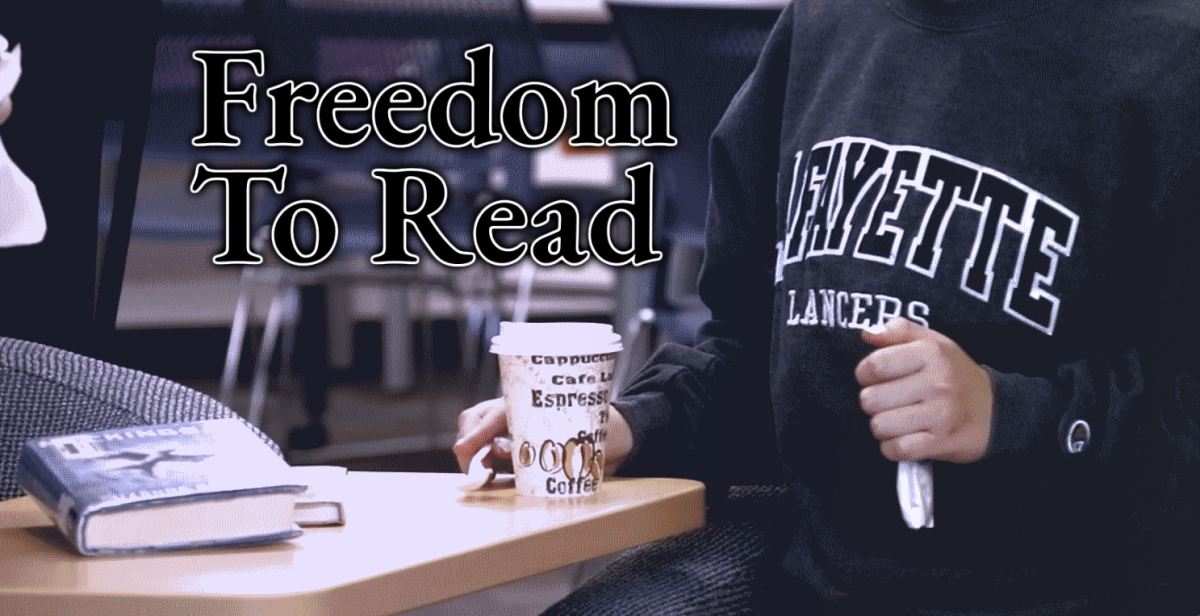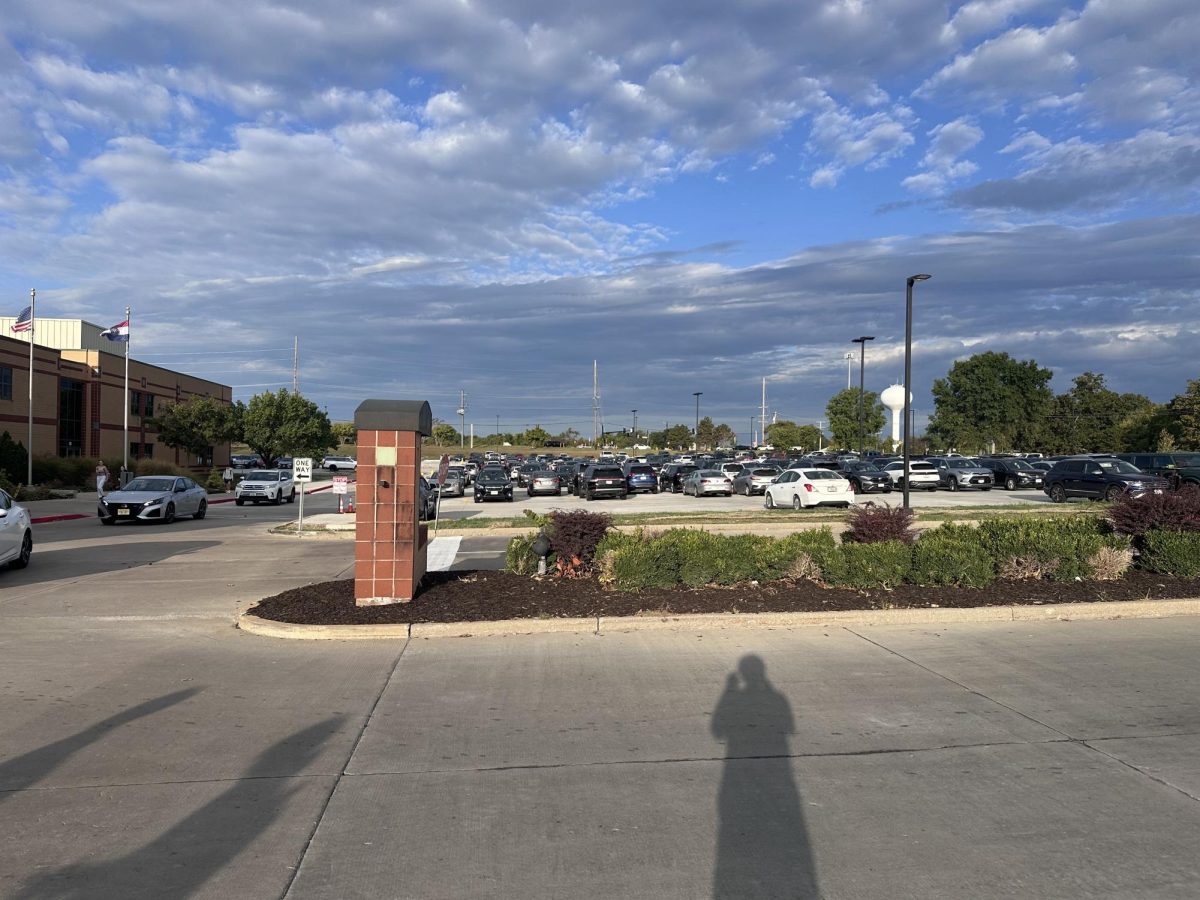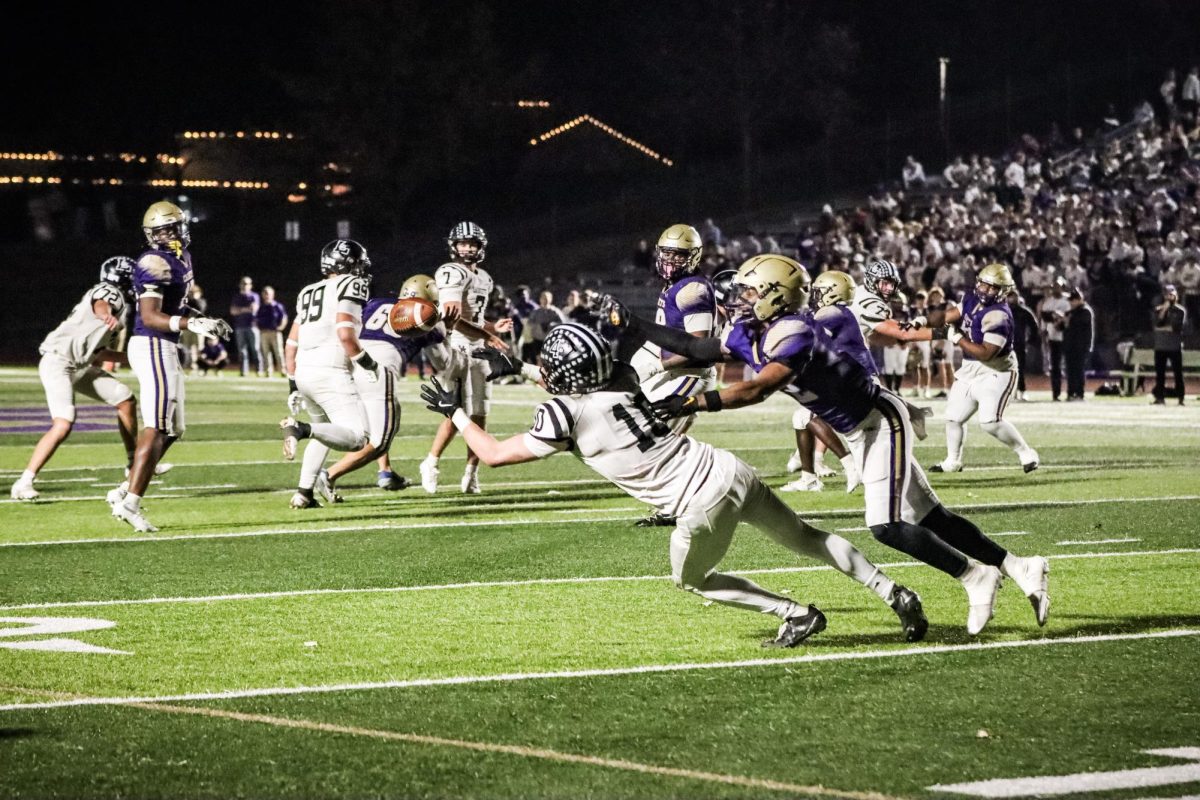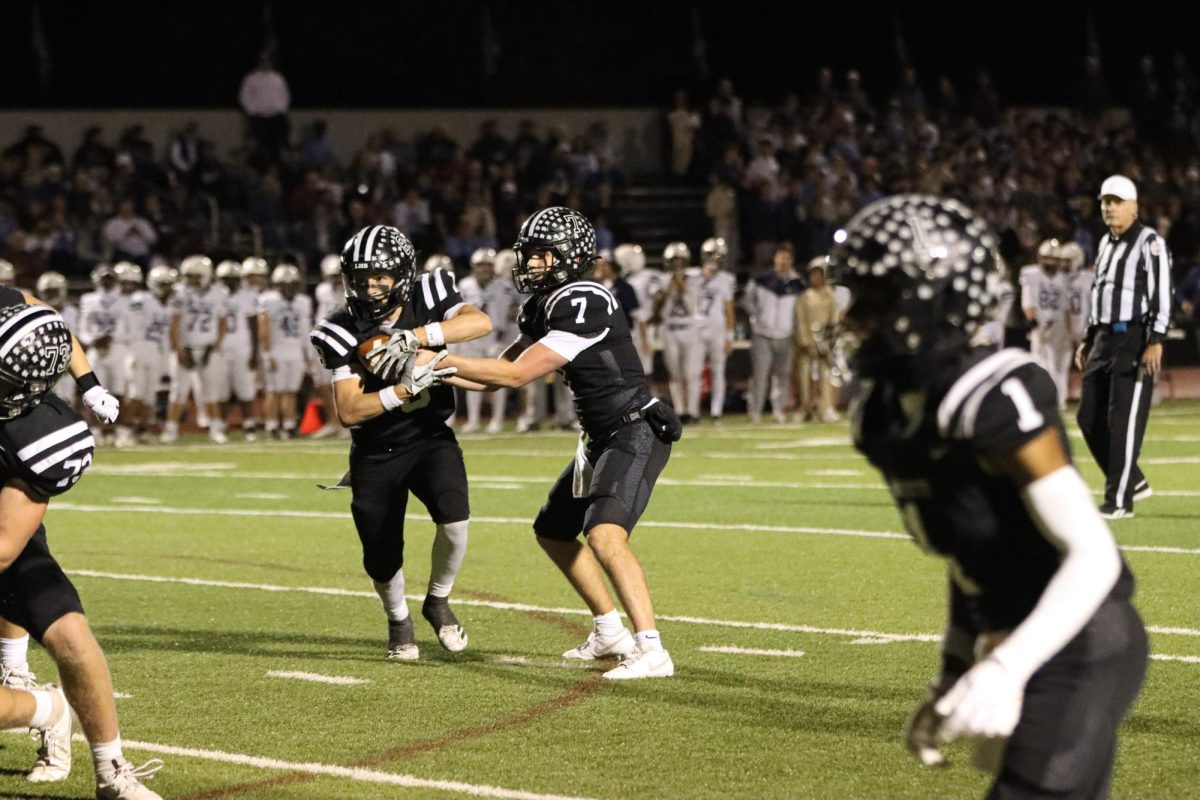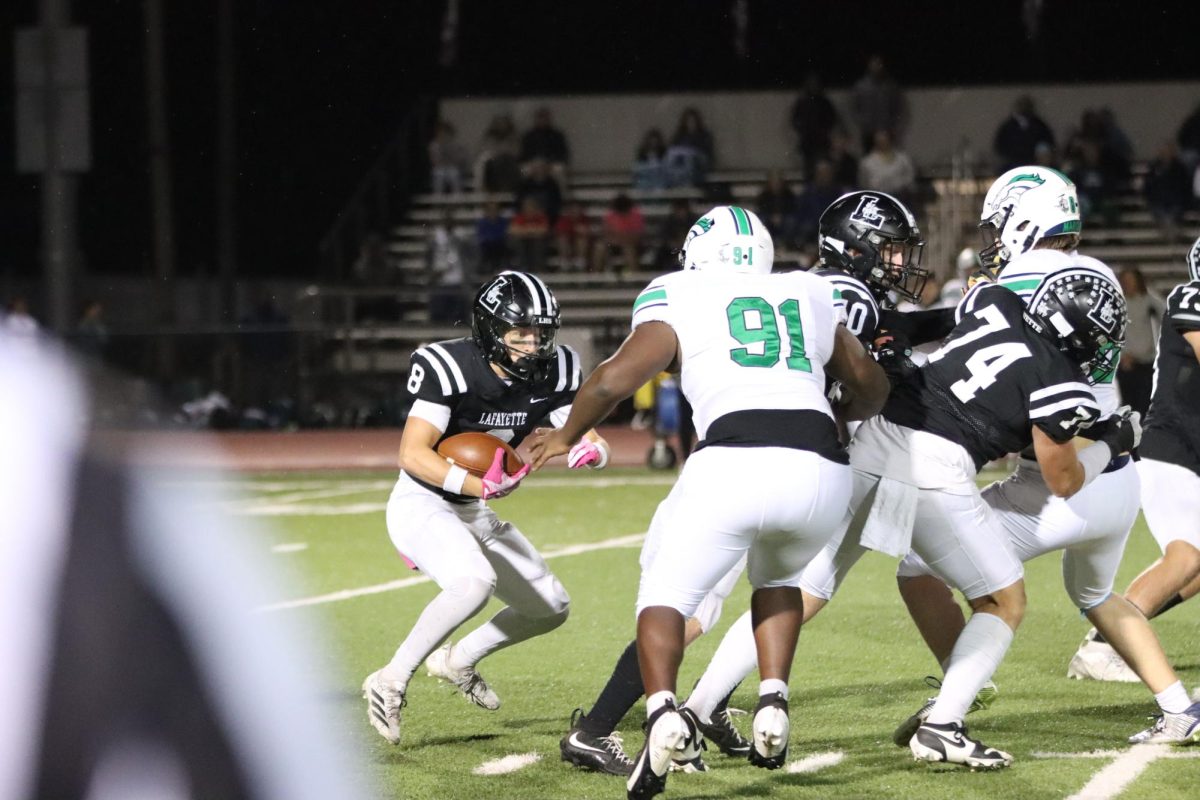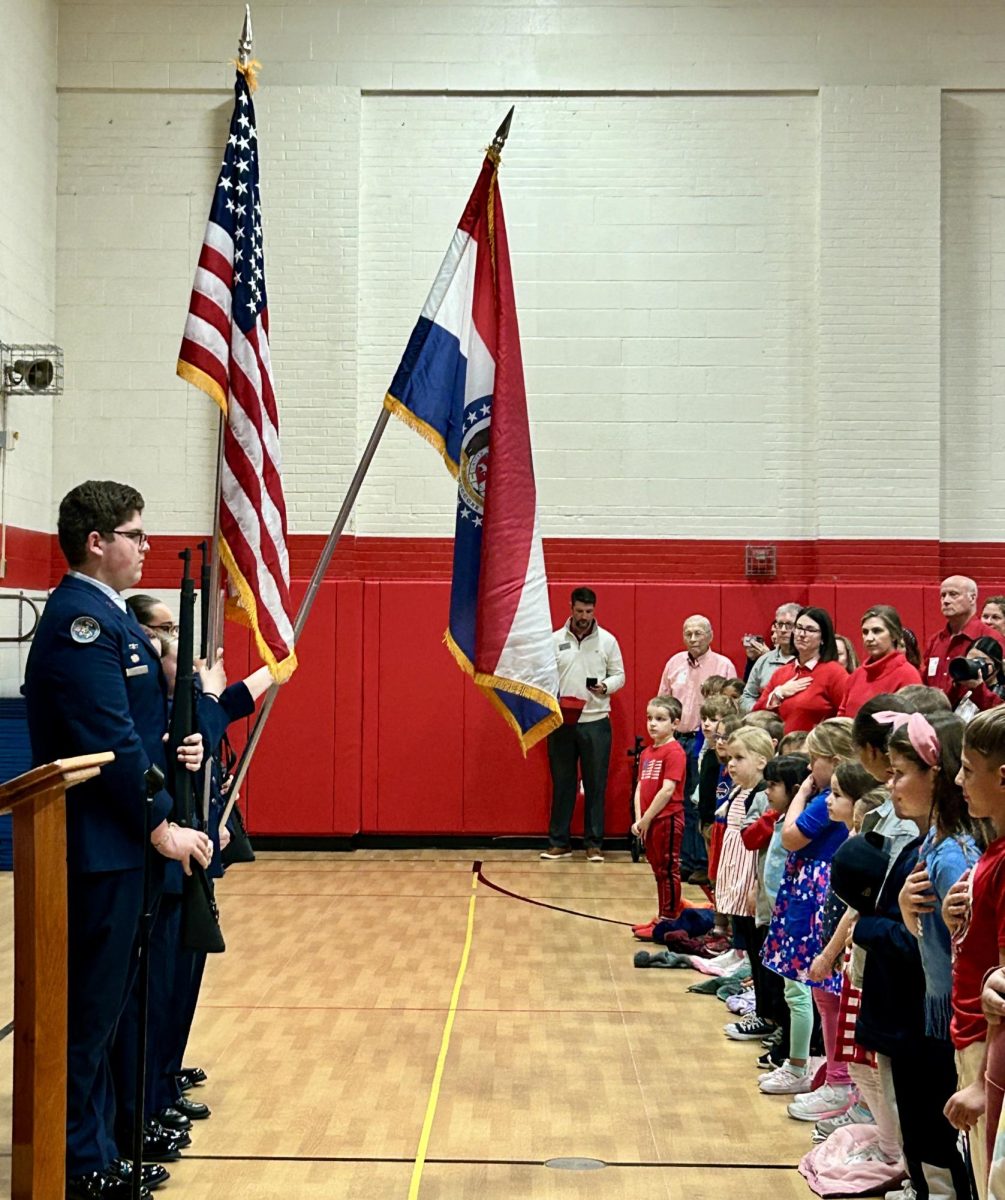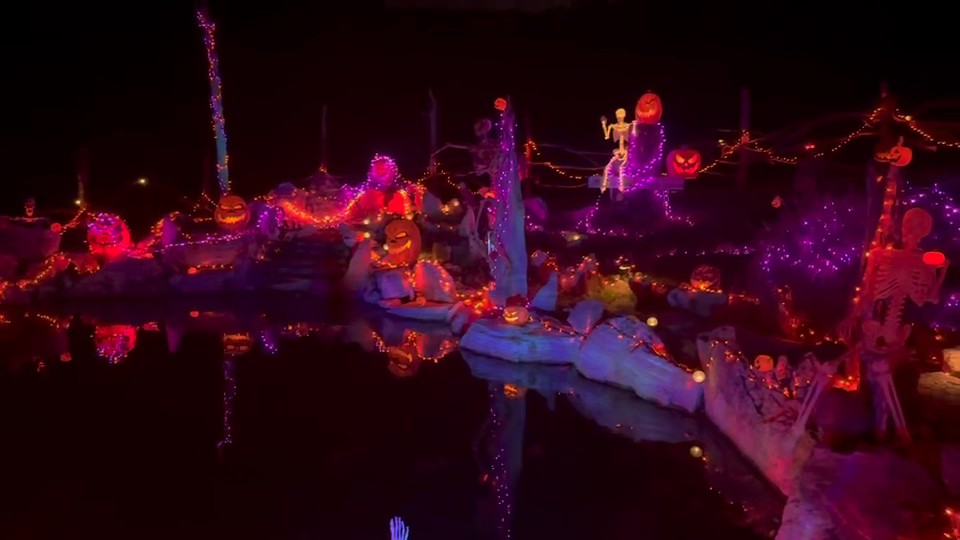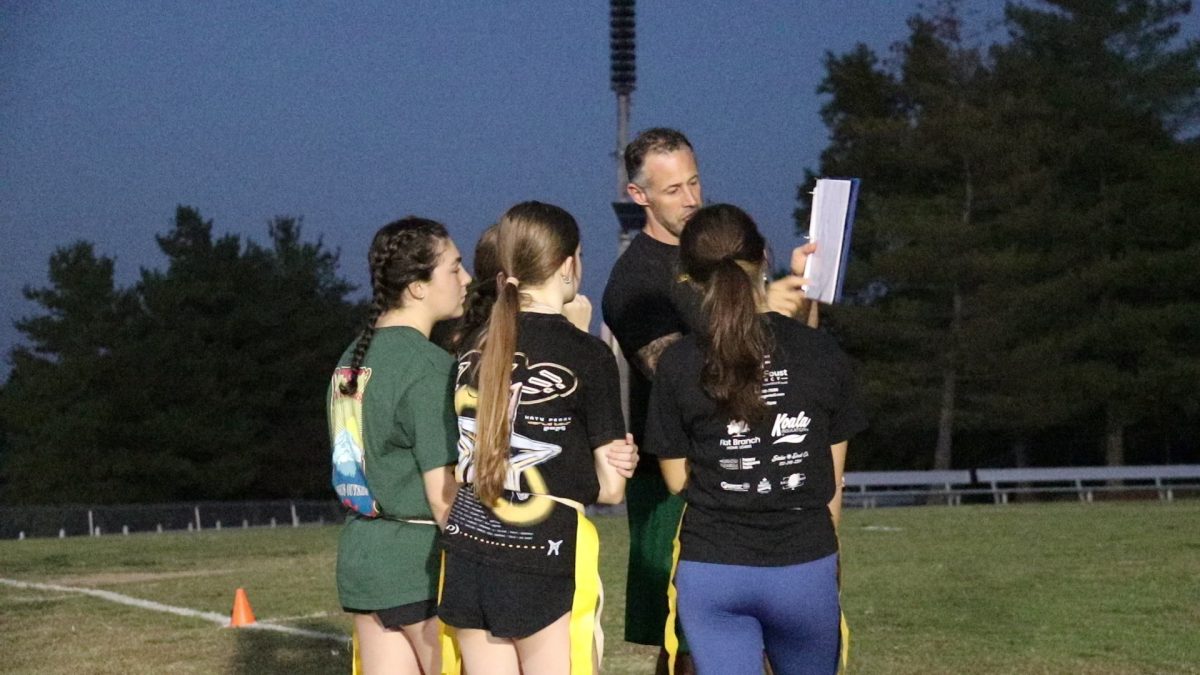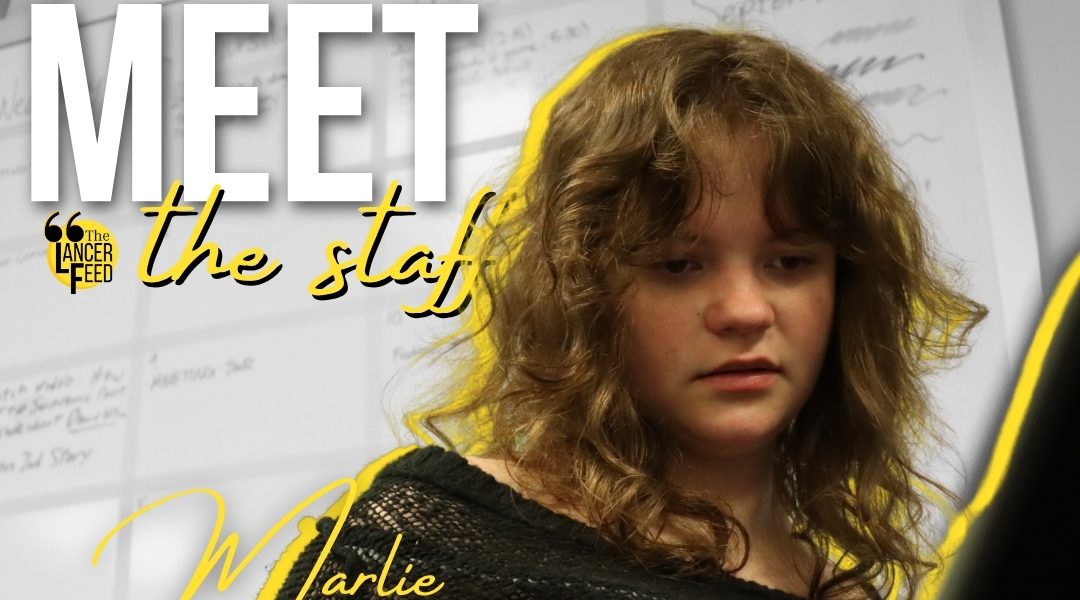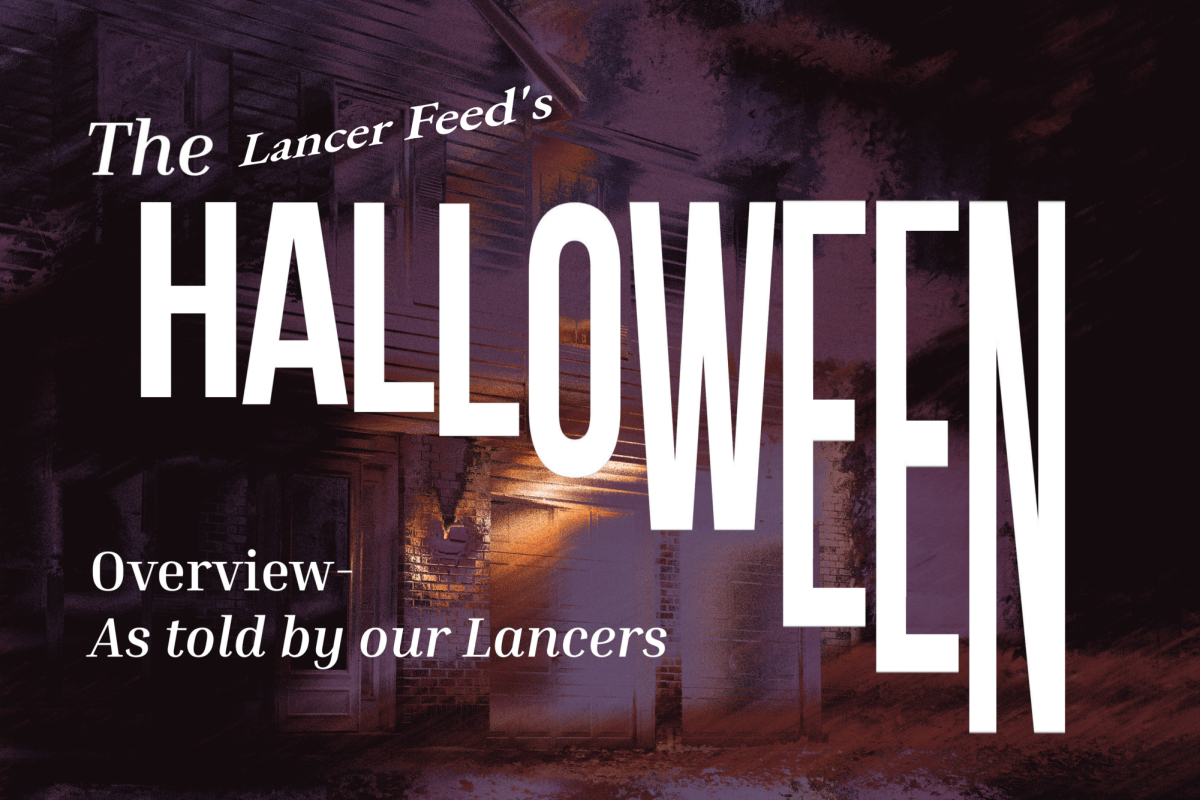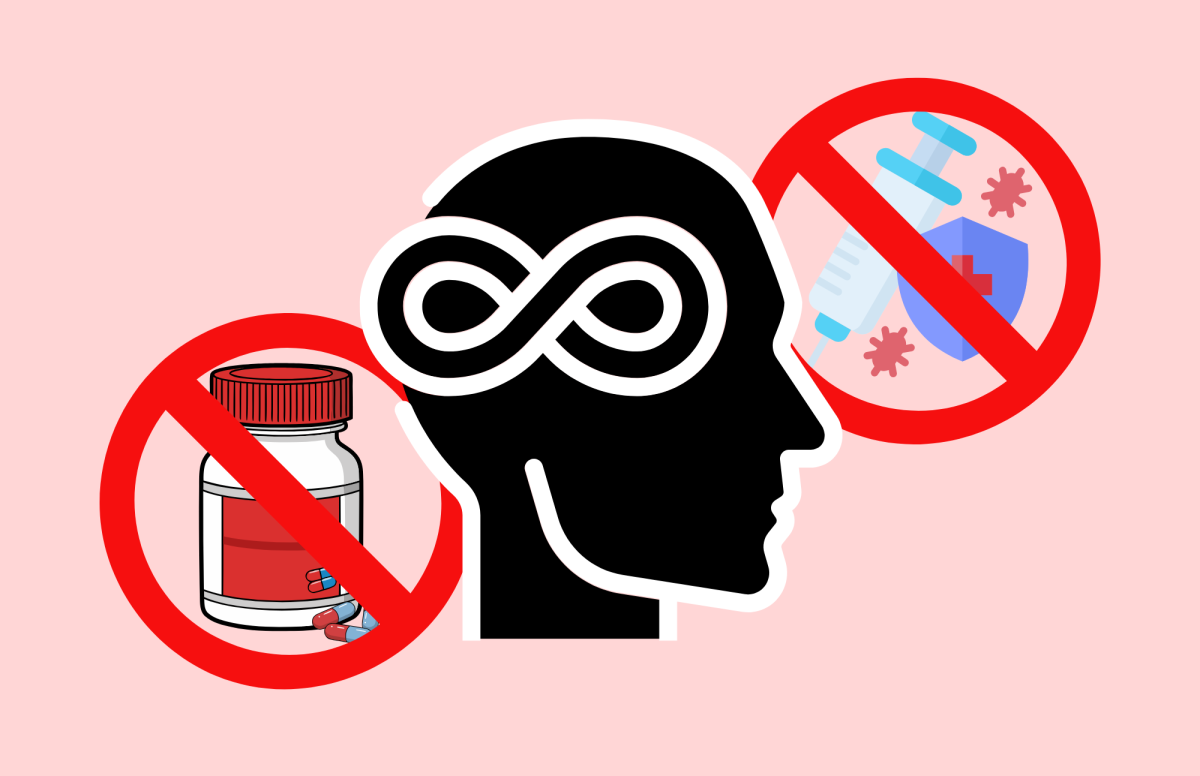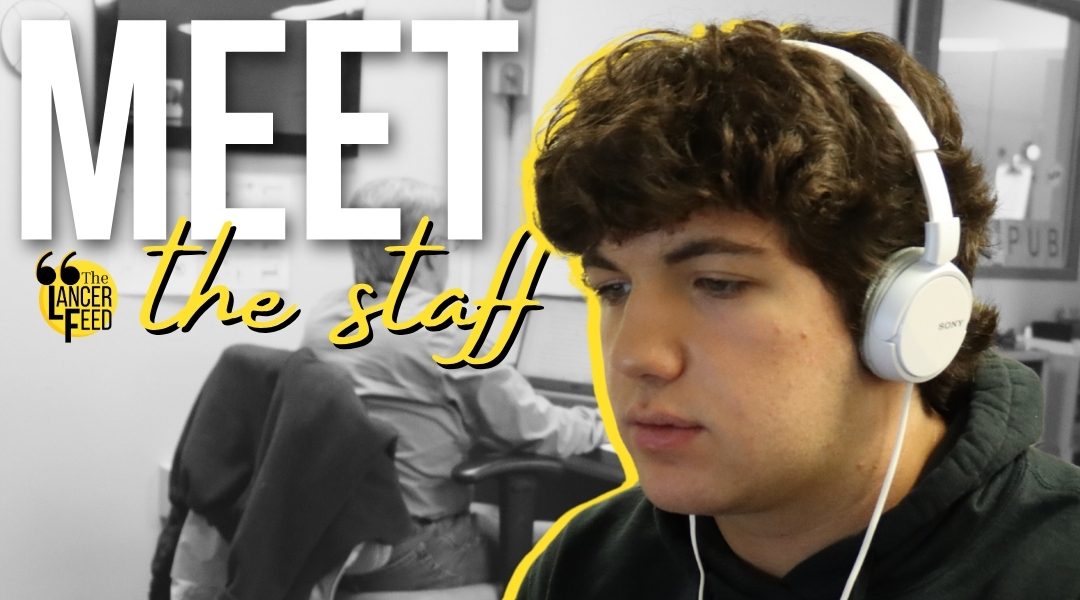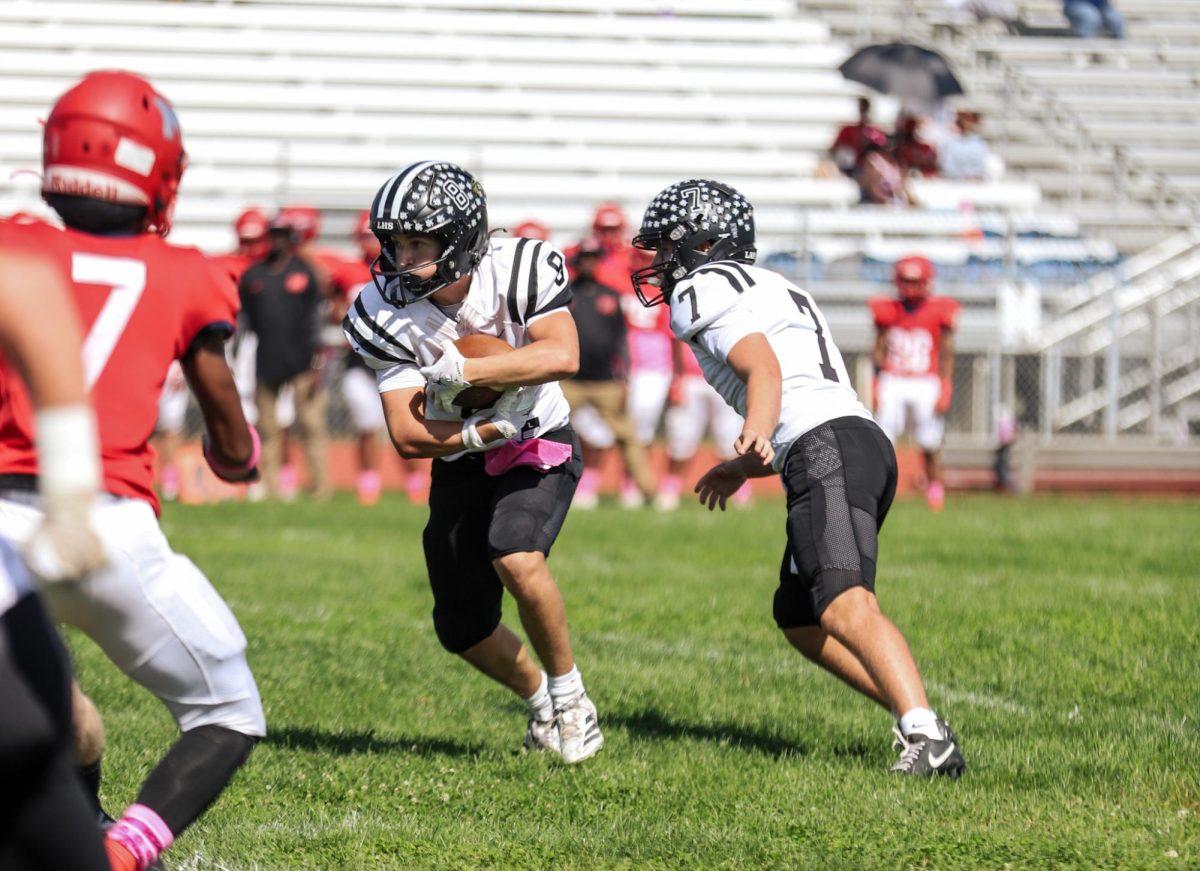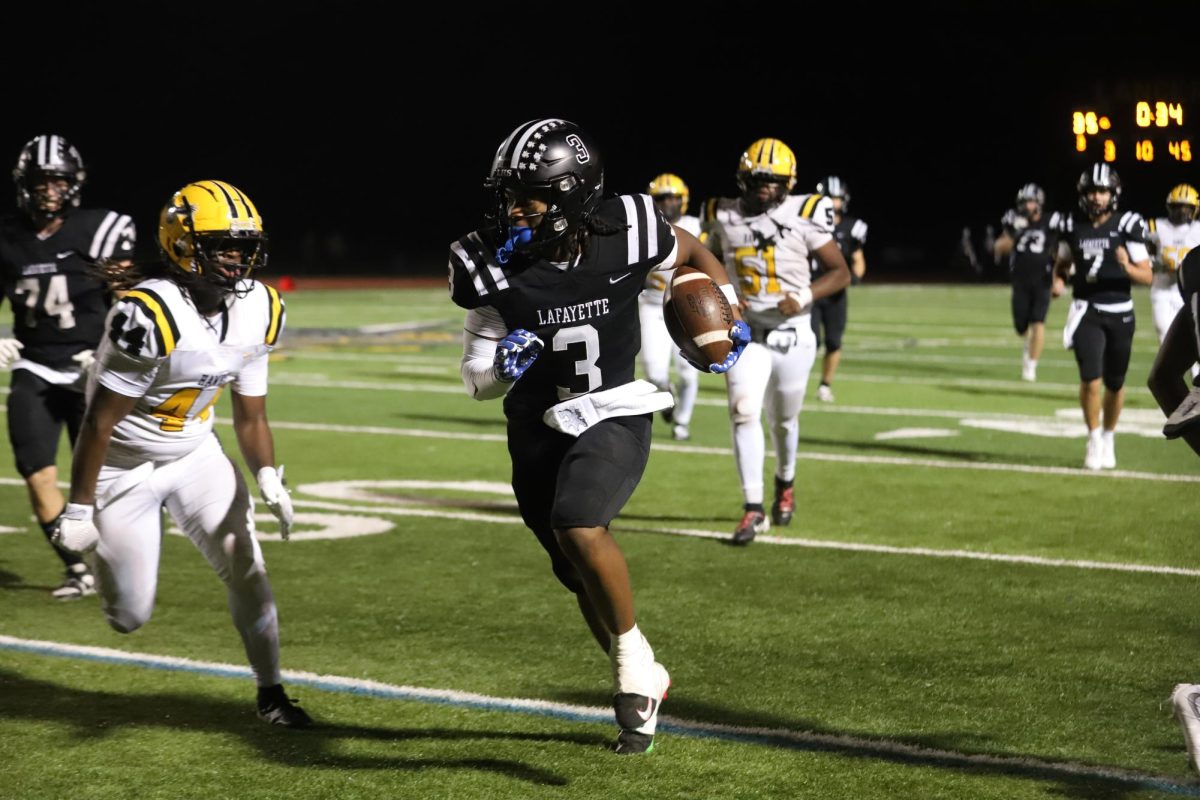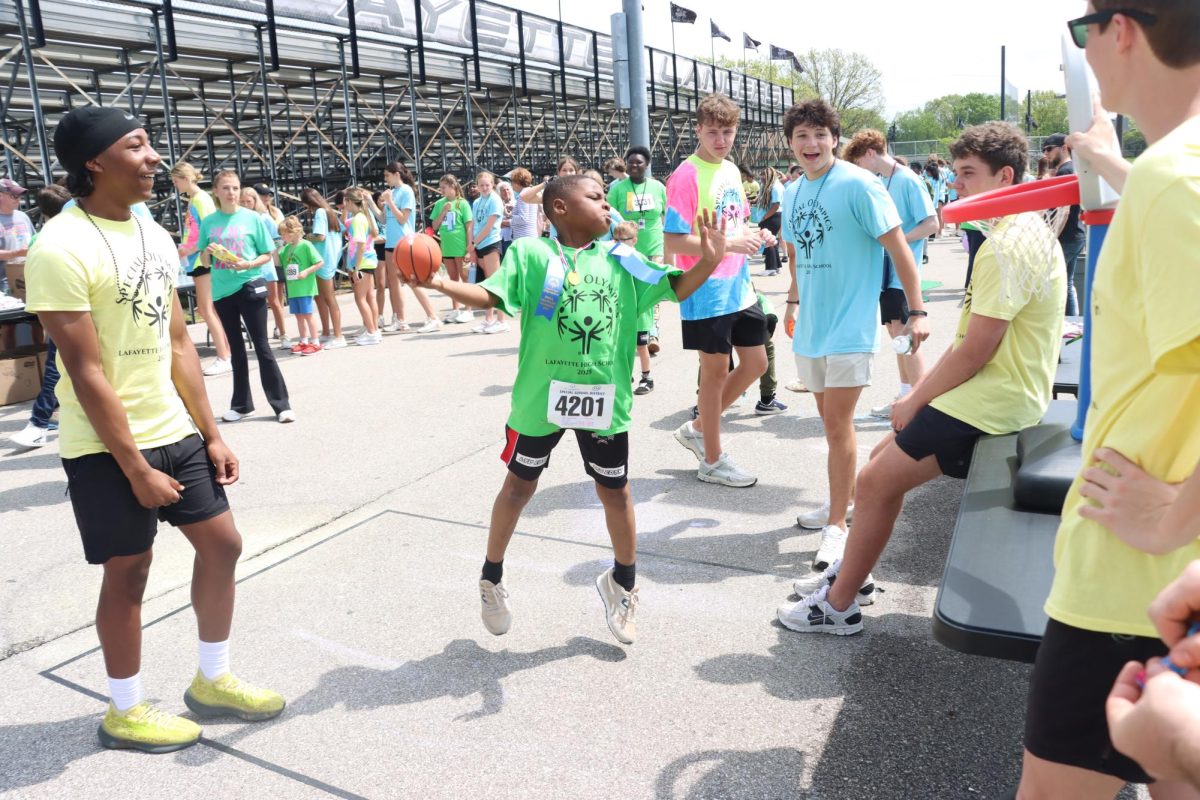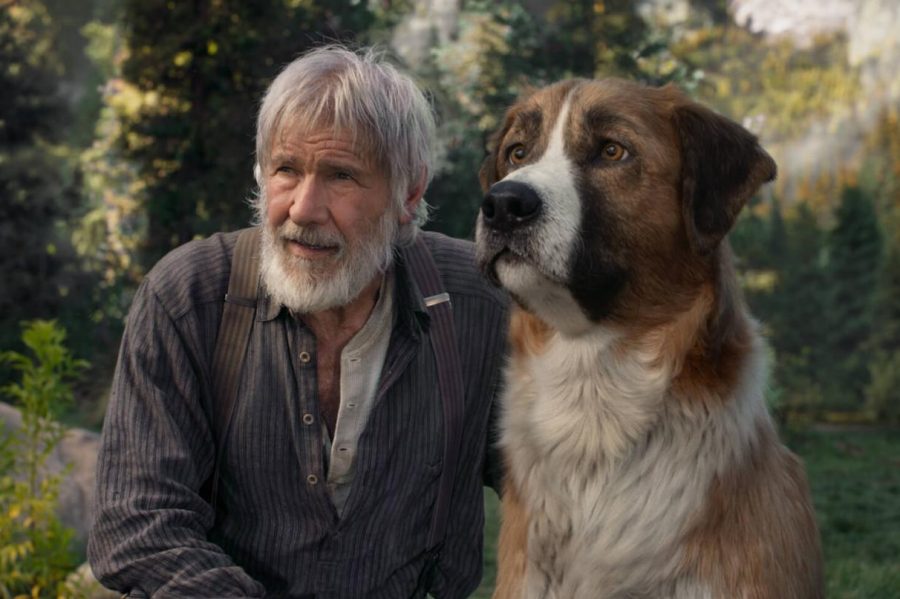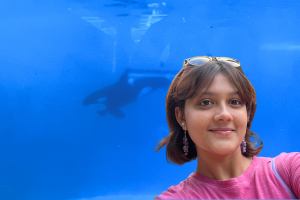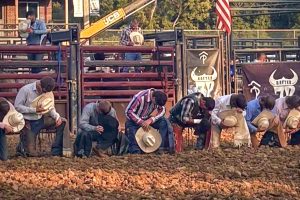Review: ‘The Call of the Wild’ may be in Alaska, but it will warm your heart
Harrison Ford stars as John Thornton in “The Call of the Wild.” The dog, Buck, was created entirely through CGI. Press photo courtesy of 20th Century Studios.
March 6, 2020
On Feb. 21, 2020, 20th Century Studios released “The Call of the Wild,” a film based on the classic 1903 novel by Jack London. It’s a beautifully directed film about the journey of a dog learning to accept his inner wolf and be with his own crowd instead of living as someone he’s not.
I’ve always been a dog person, and I have a grandpa who makes a trip to Alaska every summer, so when I got the chance to read a book about dogs in that state, it only felt fitting for me to do so. When I found out that the very same book was getting a movie, 12-year-old Alex poked his head out and reminded me of how amazing the book was, and so, of course, I had to go see it.
What I didn’t prepare for was the emotional roller coaster that was Buck’s (the protagonist dog’s) story.
I’m going to be honest: at first, I absolutely hated the dogs in the movie, since they were fully rendered in computer-generated imagery (CGI). I thought Buck’s movements were unnatural, which sort of took me out of the immersion—but it wasn’t until a whole two minutes in that I saw the beauty of it. All of the animals in the movie were CGI, allowing them to show every complex emotion that a human can while still maintaining their dog-like mannerisms.
Having the dogs rendered in is possibly one of the most adorable aspects of the movie. If the creators settled on having a stunt dog running and jumping around, Buck wouldn’t have interacted with the other characters nearly as beautifully as he did.
“The Call of the Wild” focuses on the journey of Buck, a massive Saint Bernard that is too energetic for his own good. The story follows him from his lavish house life in the Southern United States all the way to his new home in the uncharted territories of Alaska during a massive gold rush.
When Buck finally gets to Alaska, he’s met by several characters, both human and animal, who help him find out who he really is on the inside. All of the characters Buck meets help in his story arc because each one grows closer to him than the last.
It’s made pretty clear that Buck’s former owners in California didn’t exactly like him because he made their lavish lifestyle a complete chaotic mess, but other people that Buck meets in Alaska actually see the good in him. One specific person, John Thornton (Harrison Ford), developed a particularly close bond with the dog since they were both lone travelers in the Yukon, and their interactions are some of the most heartwarming things I saw in the movie.
I think the reason I clung to the movie so much was that it’s a film about a dog becoming a wolf. Most movies show the character development of a person learning about themselves, but seeing a dog learn about himself is on a whole different scale since it’s so easy to get emotionally attached to a pet. Most people have a dog, cat, hamster or some kind of animal that they form a bond with, so seeing that bond come to life on screen is just so touching.
Seriously, there were times where I was visibly squirming in my seat and saying “aww” under my breath because I couldn’t stand how adorable Buck’s interactions with the other characters were. What makes it even better, though, was that Buck and the other dogs in the movie seemed to completely understand their human counterparts and responded to their behaviors as a human would, but still maintained their dog-like innocence. Whether Buck was jumping up in the air to catch snow that he’d never seen before or was hiding Thornton’s whiskey bottle from him, everything he seemed to do was charming because of that extra dog flair he added to it.
If you’re a person who loves animals—it doesn’t matter if you prefer dogs or cats—”The Call of the Wild” is definitely a movie you should watch. It’s full of both joyous and bittersweet moments that perfectly balance each other out and leaves you with an overall warm feeling and a love for animals. The only way to really describe it is just as an adorable movie which was both visually and emotionally satisfying.


